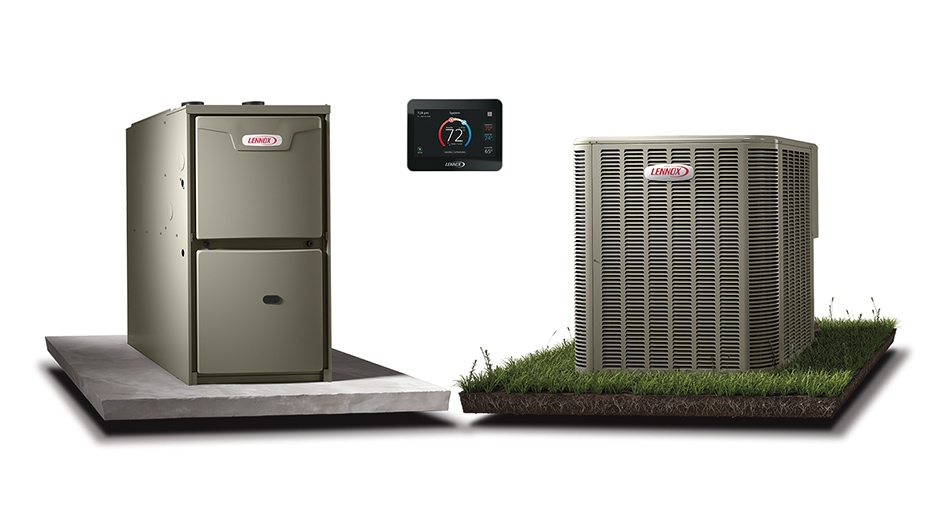
The idea of running both a furnace and heat pump may seem a little strange at first. After all, why do you need two sources of heat? Even though furnaces and heat pumps both offer energy-efficient heat, the variations in their design actually make installing both of them a reasonable option. It’s not for all of us, but with the right conditions you could absolutely benefit from owning a furnace and a heat pump.
You’ll want to take a look at several factors in order to confirm if this kind of setup helps you. Your local climate and the dimensions of your home are both especially important, particularly for the heat pump. This is because some models of heat pumps will work less effectively in winter weather and large homes. Even so, you can still reap the benefits of heat pump installation in Cache Valley.
Heat Pumps Might Be Less Efficient in Winter Weather
Heat pumps are typically less reliable in colder weather because of how they create climate control to start with. Compared to furnaces, which burn fuel to provide heat, a heat pump reverses its flow of refrigerant to pull heat from outdoor air. This heat is then pulled inside and circulated throughout your home. Provided there is still a bit of heat energy in the air, a heat pump should function. But the cooler the temperature, the less efficient this process is.
The less heat energy is available outside, the more effort is required for a heat pump to draw heat indoors to maintain your desired temperature. It might depend on the exact make and model, but heat pumps can start to lose efficiency at temperatures of 40 degrees and under. They should still be an energy-efficient option until 20-25 degrees, after which a gas furnace is more effective.
What Temperatures Do Heat Pumps Perform Best In?
Heat pumps function best in temperate climates 40 degrees and up. That being said, you don’t have to miss out on the benefits of a heat pump just because your local climate is cooler. In fact, that’s why having both a furnace and heat pump might be worth the costs. You can keep the heat pump for energy-efficient heat until the weather is cold enough to justify shifting to something like a gas furnace.
A few makes and models boast greater efficiency in cooler weather. For example, the Lennox MLA heat pump is capable of running at 100% capacity at 0°F. It can even continue running in temperatures as low as -22°F. For maximum energy efficiency, you’ll likely still want to swap to the furnace in particularly cold weather.
So Should I Put in a Heat Pump if I Use a Gas Furnace?
If you’re interested in maintaining the most energy-efficient HVAC system possible, owning a heat pump and gas furnace at the same time is worth the investment. Not only is a dual-heating system adaptable, but it features other benefits like:
- A source of backup heating – A redundant heating system means even if one fails, you still have the means to heat your home. It won’t always be the most energy efficient, but it’s better than shivering in an unheated home while you hold out for repairs.
- Reduced energy costs – The ability to pick which heating system you use based on the highest energy efficiency lowers your total costs. Smaller heating bills over the lifetime of these heaters can really add up to a lot of savings.
- Less strain on both systems – Compared to running one system all winter long, heating responsibilities are split between the furnace and heat pump. Key components could live longer given that they’re not under continuous use.
If you’re still unsure about heat pump installation in Cache Valley, don’t hesitate to contact your local professional technicians. They can evaluate your home’s comfort needs and help you figure out if a dual-heating HVAC system is the ideal option.
